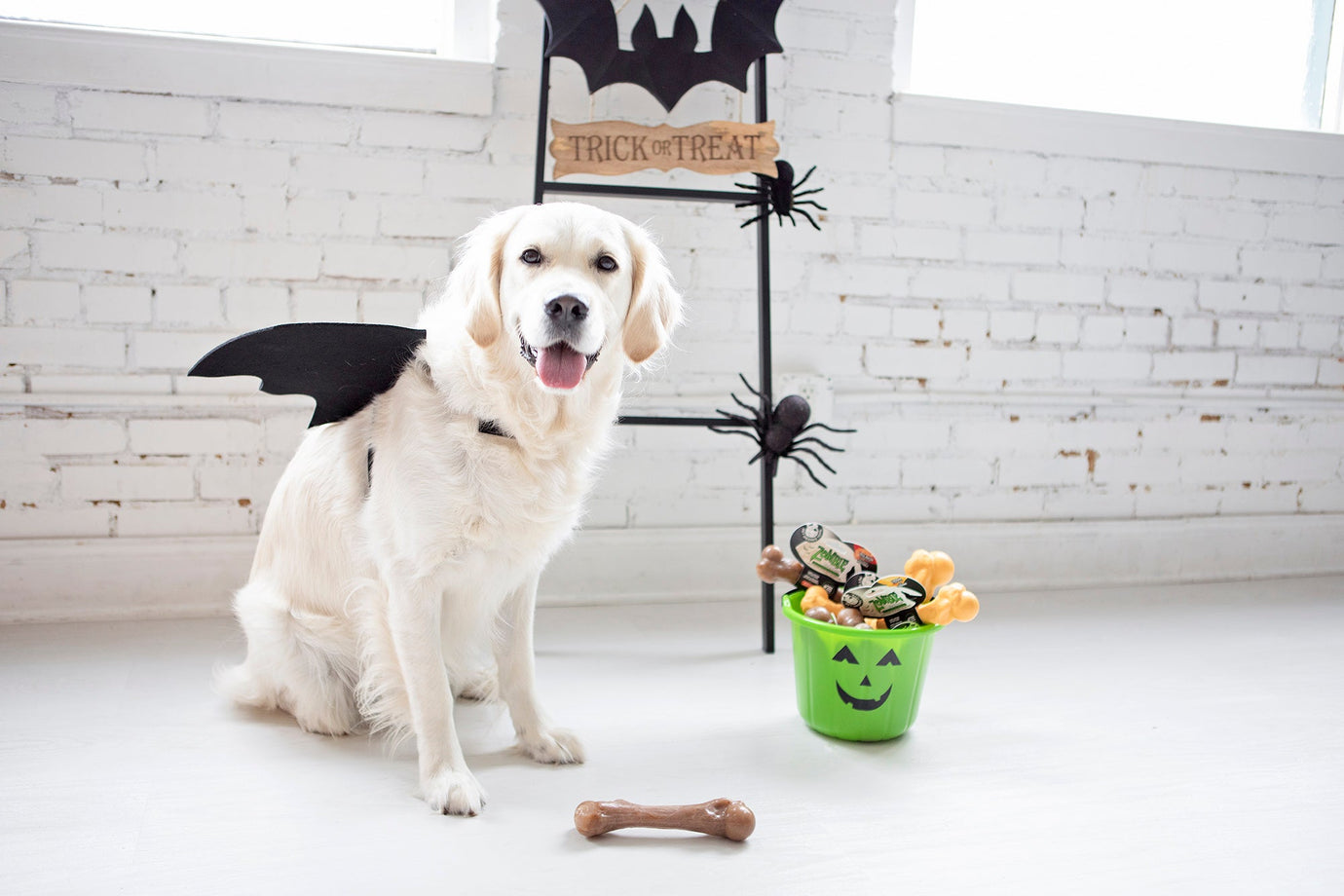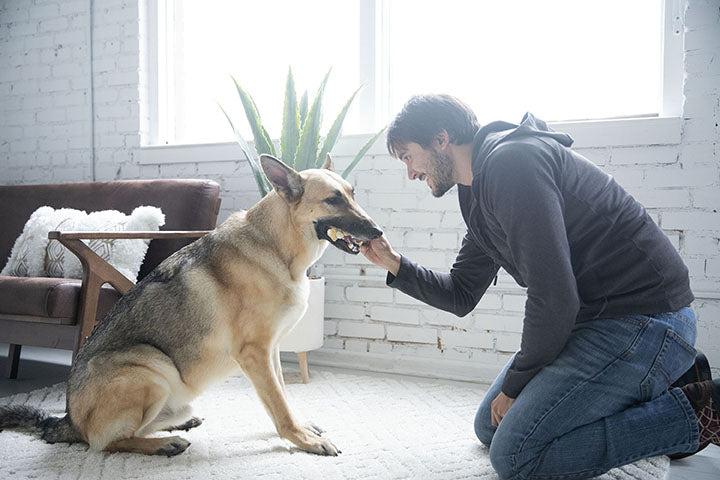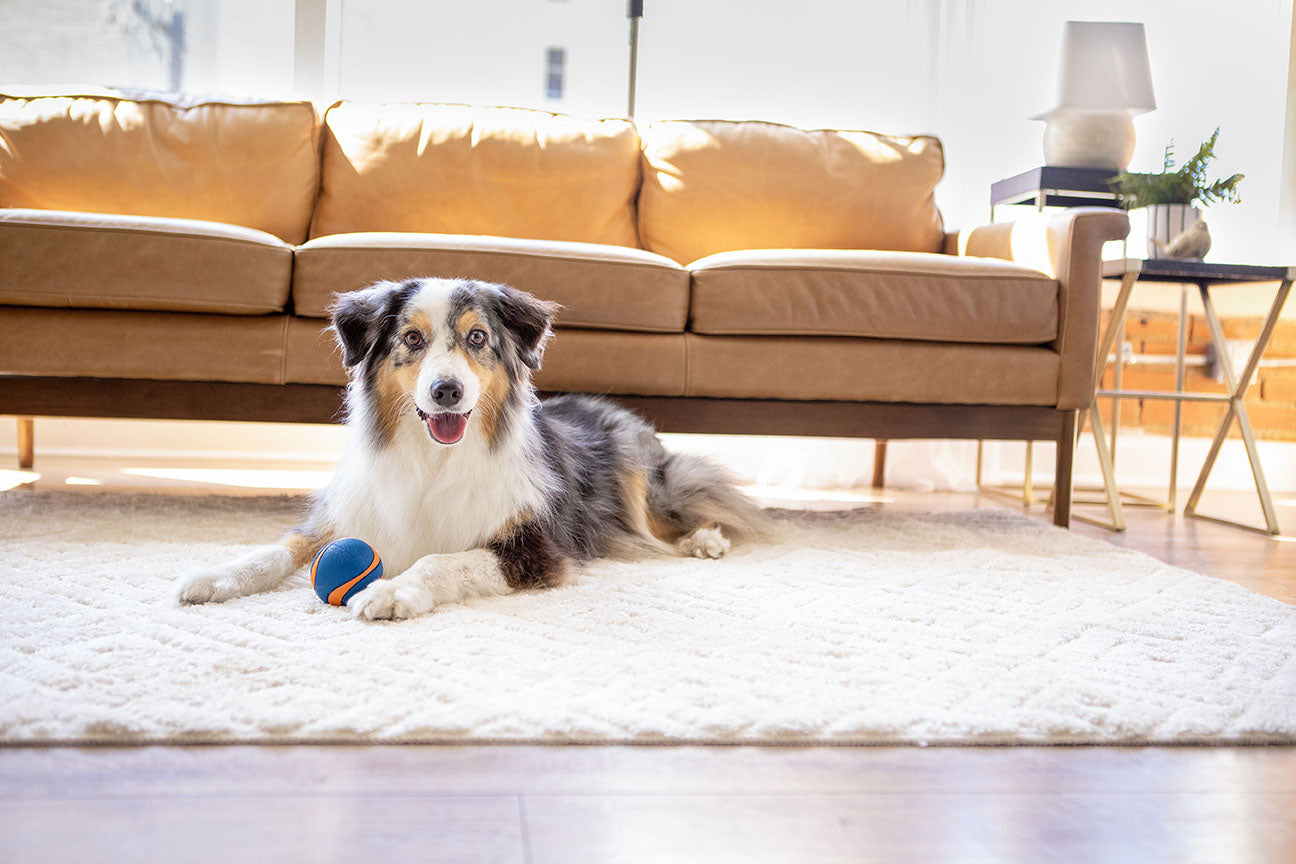Finding the Perfect Sitter for Your Precious New Pup

It might be hard to fathom leaving someone else with your new puppy — why would you ever want to leave your sweet new fluff? — but there will come a time in your new pet-parent life, whether that’s a long day at the office or weekend away with your family, that will require you to leave your puppy with a sitter. Here’s how to navigate the process of finding, hiring, and feeling a-ok about a puppy sitter.
Use a thoroughly-vetted resource to find your sitter.
The first step is to use a trusted sitter-finding source. One way is to ask friends to help you out or work your network to see if you already know a great sitter. There are potential problems with these options, though. When it comes to asking this favor of your friends, depending on how much care you’re asking them to provide, you could potentially be burdening them with a sometimes very high-maintenance task. The great thing about a resource like Rover.com — a network of reliable, experienced, and trustworthy pet sitters — is that you’re searching for a network of people who genuinely love devoting their time to caring for dogs. Rover sitters have detailed profiles that tell you exactly the kind of dog-sitting experience they have under their belt, including whether they’re comfortable sitting for puppies.
Schedule a meet-and-greet with potential sitters.

Once you find a great sitter from a site like Rover.com, set aside time before the actual date you’ll need them. This is a great opportunity for your potential sitter to meet your puppy and for you to see how the sitter handles your four-legged love’s behavior and personality. Plus, in-person time to chat and connect with the sitter will give you a chance to establish trust in their care and allay any worries you may have about leaving your puppy with them.
Once they’re hired…
Set them up for success! This means equipping your sitter with all contact numbers: yours, the vet’s, and a trusted friend and/or family member. Make sure you write out all necessary instructions for your puppy’s care in great detail. And most of all, be available for communication while you’re away (if this isn’t possible for whatever reason, ensure that one of your trusted contacts — friends, family, and/or neighbors — is on call to help your sitter out should they need it).
Written by Casey Dickson, Rover.com community member. Rover is the nation's largest network of 5-star pet sitters and dog walkers.
Previous article

Next article

Related posts
View all-

Halloween Pet Safety: Keep Your Furry Friends Safe & Happy
-

National Dog Week: 7 Fun Ways to Celebrate with Your Pup
The last full week of September marks National Dog Week: a tradition going strong since 1928. Founded by Captain William Lewis Judy, this celebration was created to promote responsible dog ownership, reduce the number of stray dogs, and honor the incredible role dogs play in our lives.
Read Article -

How to Prep Your Pet for Fall: Grooming and Wellness Tips
As the days grow shorter and the crisp air settles in, our routines naturally shift; long walks become brisk outings, and cozy nights become the norm. Like us, pets feel these changes. Helping them ease into the new season ensures they stay happy, comfortable, and healthy.
Read Article



